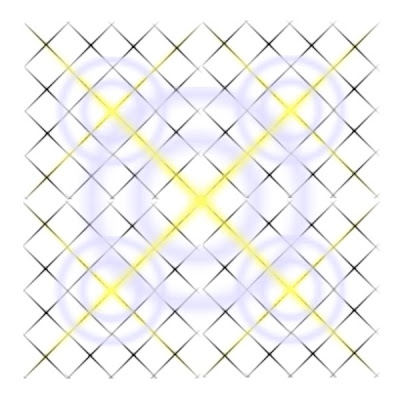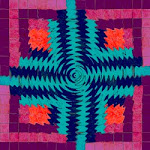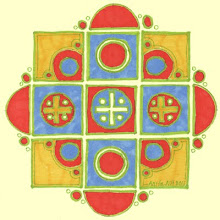
I watched a documentary last night called The End of Suburbia: Oil Depletion and the Collapse of the American Dream and I came away feeling gratitude for the ability to sustain myself in such a beautiful area of New Hampshire. The film's bonus features include two vintage shorts: [Black and White and Color] In the Suburbs (1957: Redbook Magazine) and Destination Earth (1956: American Petroleum Institute).
I was raised in suburbia during the 50's and 60's (and was subsequently force-fed the American Dream of two cars, two bathrooms, wall-to-wall carpeting and a weed-free lawn) so the first viewing of In the Suburbs held me spellbound. . . there was my aunt's dining-room wallpaper and my parent's station wagon. So many memories were dredged up that I had a funny feeling in my stomach, as if Redbook's PR department got their hands on some of my Uncle Al's home movies.
Credits include: Jean Sharpe, Carlo Arcamone, Joseph Cole, Tracy Wood, Herbert Hagers and Bert Spielvogel. I wonder who created the films collaged title screen:
There were some interesting social messages in API's animated short on the miracles of oil, as well. Here are Destination Earth's production credits:

Although The End of Suburbia's extras invoke nostalgia, the combination serves as an extremely perturbing wake-up call. I've been looking at my state of car-lessness as the result of temporary poverty up until now. But perhaps, like world oil supply, my ability to invest in material goods has peaked. Consumerism as an antidote to boredom has now been surpassed by "the thrill of waiting up for the end of the world."
A blog called Survival Acres provides this fascinating take on The Consensus Trance.
A blog called Survival Acres provides this fascinating take on The Consensus Trance.





























